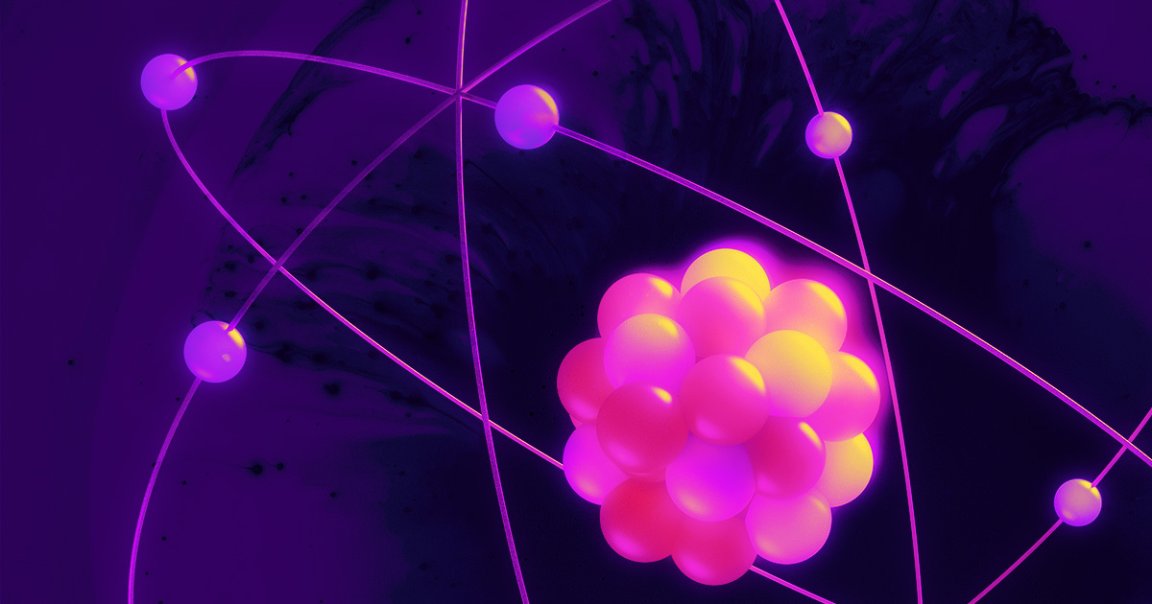
Attoboy
Behold, the world’s fastest microscope: it works at such an astounding speed that it’s the first-ever device capable of capturing a clear image of moving electrons.
Developed by researchers at the University of Arizona, who have published their work in the journal Science, the microscope uses electron pulses at the speed of a single attosecond — or one quintillionth of a second — to snap “freeze frames” of the subatomic particles, which travel fast enough to circle the Earth in a matter of seconds.
This is a potentially groundbreaking advancement that could allow scientists to tease out what happens to electrons during ultrafast interactions, such as the breaking of a chemical bond.
“For the first time, we are able to attain attosecond temporal resolution with our electron transmission microscope — and we coined it ‘attomicroscopy,'” study co-author Mohammed Hassan, associate professor of physics and optical sciences at U of A, said in a statement about the work. “We can see pieces of the electron in motion.”
Incremental Improvement
Previous electron microscopes have gotten close to achieving this feat, reaching speeds of several attoseconds instead of just one.
Still, that difference is an eternity at the subatomic level: without a higher “temporal resolution,” scientists weren’t able to observe some of the subtleties of an electron’s various interactions as they happened.
In photography terms, the microscopes simply didn’t have a quick enough shutter speed, or a high enough framerate.
Pulse-Pounding
To improve on those efforts, the Arizona researchers designed their “attomicroscope” to split a laser into an electron pulse and two light pulses. How they work together is key: it’s not enough to simply have the electron pulse — which does the actual imaging — to be super-quick.
What happens, then, is that the first light pulse excites the target electrons to get them moving, which is carefully synchronized with a second light pulse that primes the electron pulse to strike the instant the particles are set in motion.
From there, the ensuing interactions between the beams of electrons from the microscope and the sample are captured by a camera sensor and pieced together to form an image.
“With this microscope, we hope the scientific community can understand the quantum physics behind how an electron behaves and how an electron moves,” Hassan said.
More hard science: A “Jaw-Dropping” Study Just Revealed the True Origin of a Stonehenge Megalith